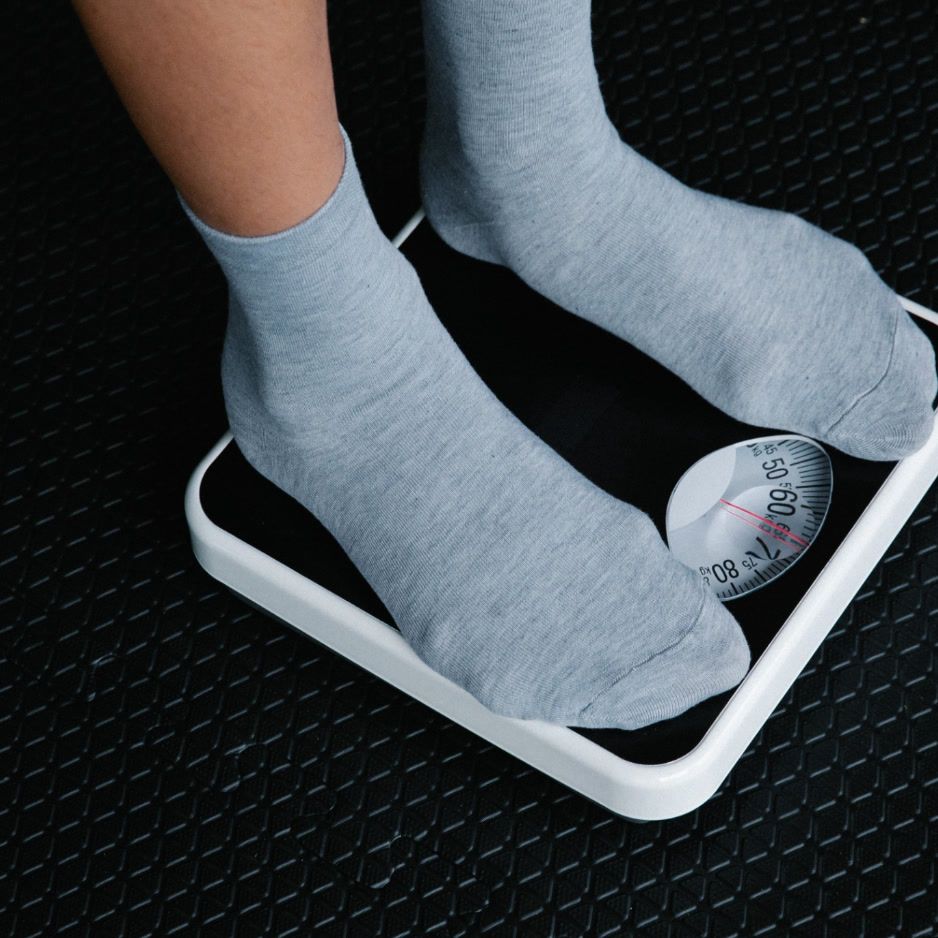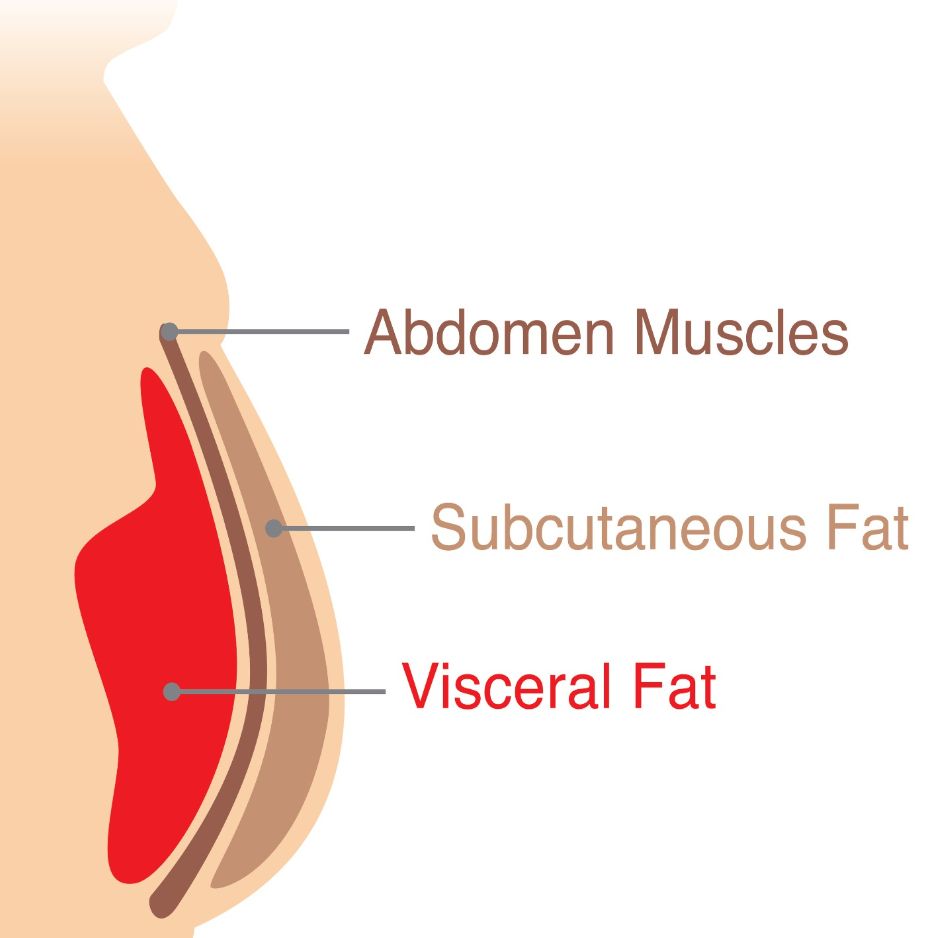Colon Cleanse: Safety, Risks, and Safer Alternatives

Colon Cleanse: Safety, Risks, and Safer Alternatives
Thinking about a colon cleanse to “detox,” boost energy, or jump‑start weight loss? Here’s the bottom line: your body already does the cleansing. Most marketed cleanses aren’t medically necessary—and some carry real risks (Harvard Health, Cleveland Clinic).
Quick answer:
- Do you need a colon cleanse? Usually no. Your colon, liver, and kidneys handle waste removal just fine (Harvard Health).
- When is a “cleanse” appropriate? Before a colonoscopy, using a specific prep from your doctor—not a wellness cleanse (MD Anderson Cancer Center).
- Safer ways to feel better: fiber, fluids, movement, and a balanced diet.
- Who should avoid cleanses: People with IBD, diverticulitis, prior colon surgery, heart/kidney disease, pregnancy, or weakened immunity should steer clear (Cleveland Clinic, LVHN).
Want the science on “detox”? Debunk common myths with our Detox Fact vs. Fiction guide.
What is a colon cleanse?
“Colon cleanse” is an umbrella term for methods meant to flush stool or perceived “toxins” from the large intestine. Common approaches include:
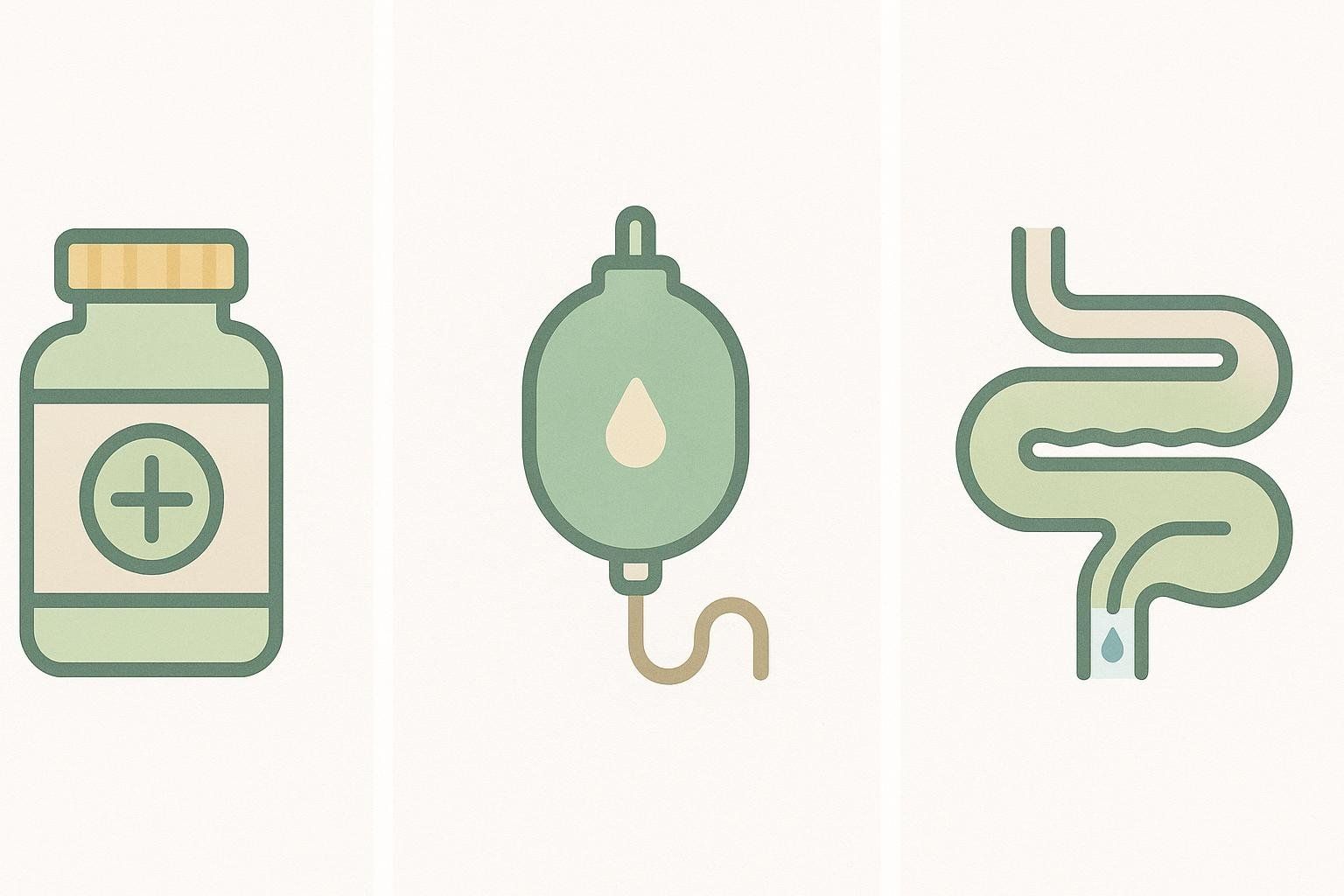
- Oral products: laxatives, herbal teas, enzymes, magnesium salts, and “detox” supplements sold online and in stores (WebMD).
- Enemas: small‑volume liquids briefly held in the rectum to trigger a bowel movement (Mayo Clinic).
- Colon irrigation (“colonics”): high‑volume water (sometimes with additives) pumped into the colon via a rectal tube by a hygienist or hydrotherapist (Cedars‑Sinai).
Despite big promises, there’s no high‑quality evidence that wellness cleanses “detoxify,” boost immunity, or lead to lasting weight loss. Your body already removes waste through normal bowel movements and liver/kidney function (Harvard Health, WebMD).
Are colon cleanses safe or effective?
- No supplements or colonic systems are FDA‑approved for routine “cleansing” or general well‑being (Harvard Health, LVHN).
- Medical groups don’t recommend colon cleanses for health maintenance; benefits are unproven and risks are real (Cleveland Clinic, Cedars‑Sinai).
- The one clinically indicated “cleanse” is bowel prep for colonoscopy, using specific oral solutions and timing from your care team—not a store‑bought detox (MD Anderson Cancer Center).
Risks—and who should avoid them
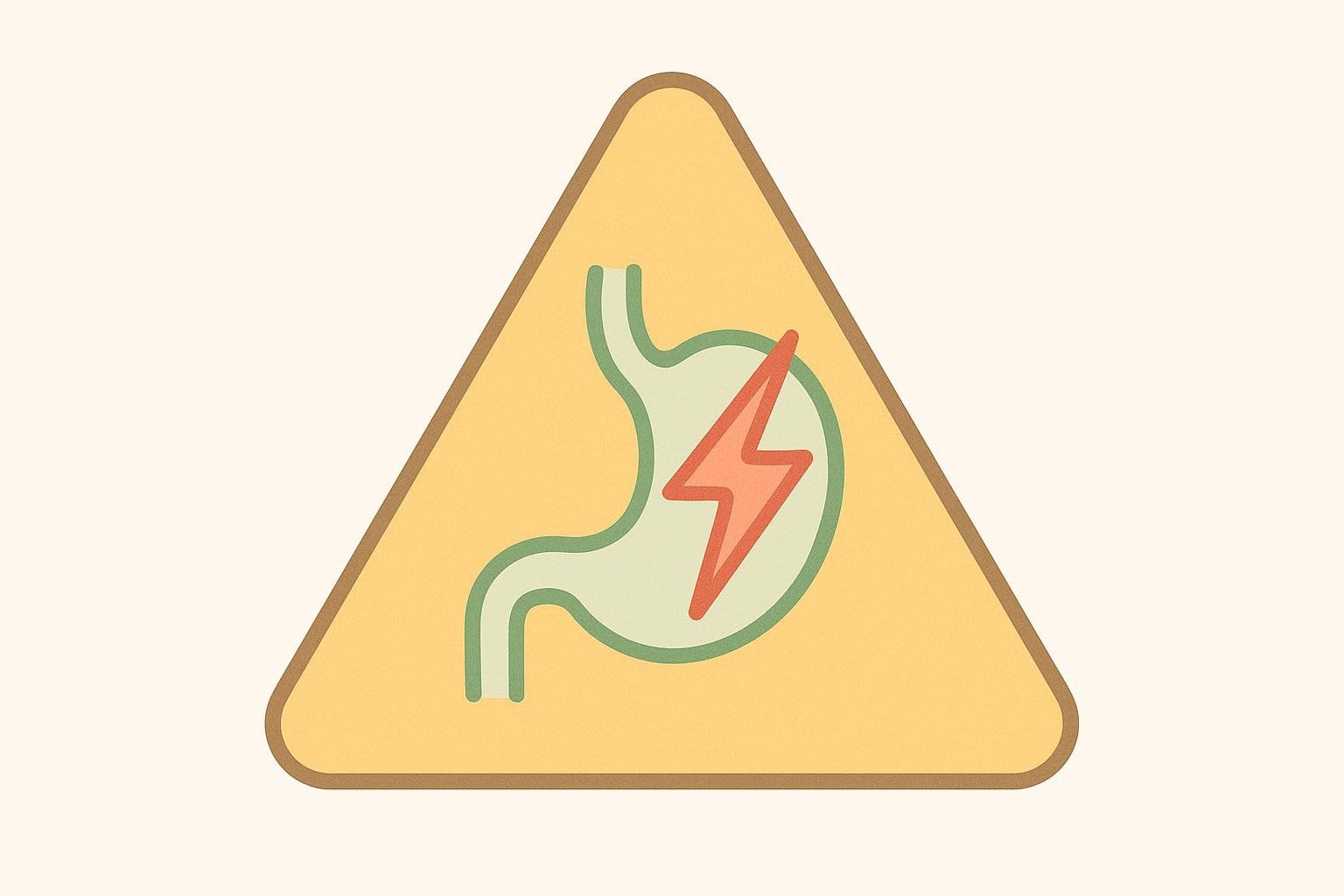
Common side effects include cramping, bloating, diarrhea, nausea/vomiting, and anal irritation (Mayo Clinic, Harvard Health). More serious complications—though less common—have been reported:
- Dehydration and electrolyte imbalances (Harvard Health).
- Infections and bowel perforation, especially with colon irrigation and untrained providers (Cleveland Clinic).
- Kidney problems and loss of beneficial microbes/nutrients (MD Anderson Cancer Center).
- Herbal toxicity in some preparations; rare reports include aplastic anemia and liver injury (Cleveland Clinic, WebMD).
- Coffee enemas have been linked to fatalities and are not recommended (Mayo Clinic).
According to sources like the Cleveland Clinic and LVHN, people at higher risk of harm include:
- Diverticulitis
- Inflammatory bowel disease (Crohn’s, ulcerative colitis)
- Prior colon surgery
- Hemorrhoids
- Heart or kidney disease
- Pregnancy
- Severe constipation
- Weakened immunity
Colon cleanse methods compared
| Method | What it is | Evidence for Health Claims | Time/effort | Common side effects | Regulatory/notes |
|---|---|---|---|---|---|
| Oral “cleanse” supplements (laxatives, teas, enzymes, herbs) | Pills/powders/teas taken by mouth | Little to no quality evidence for detox, energy, immunity, or lasting weight loss | Hours to days | Cramping, diarrhea, nausea; dehydration; electrolyte shifts; drug interactions; rare toxicity | Dietary supplements aren’t FDA‑approved for cleansing; some products have been cited for false claims or unsafe ingredients |
| Enemas | Small‑volume liquid introduced rectally | Useful for occasional constipation under guidance; not a detox | Minutes per use | Cramping, irritation; electrolyte issues if overused | Not a substitute for medical evaluation if constipation is persistent |
| Colon irrigation (colonic hydrotherapy) | High‑volume water via rectal tube, sometimes with additives | No proven wellness benefit; risks often outweigh any perceived gain | ~45–60 minutes per session | Infection, perforation, dehydration, electrolyte imbalance | Systems are regulated as medical devices; not FDA‑approved for routine wellness cleansing |
| Medical bowel prep (for colonoscopy) | Prescribed oral solutions (often PEG‑based) timed before procedure | Not for detox/health. Essential to clear the colon for procedural visibility | 1–2 days of diet changes + split doses as directed | Bloating, cramping, temporary diarrhea | Ordered by a clinician and used only for procedures |
Safer ways to support regularity and gut comfort
Skip the risky “flush” and build a daily routine that keeps things moving.
- Hit daily fiber targets

- Aim for about 25–38 grams of fiber/day from whole foods—vegetables, fruits, beans, and whole grains (Mayo Clinic).
- Include both soluble and insoluble fiber sources to support stool form and gut health (Mayo Clinic).
- Increase fiber gradually and drink enough water to minimize gas and bloating (Mayo Clinic).
- For a food‑first plan that weaves fiber into daily meals, see our guide on how to improve your gut microbiome.
- Hydrate consistently

- Adequate hydration helps keep stool soft and supports regular bowel movements, reducing constipation risk (Harvard Health).
- Need practical strategies? Try our science‑backed Electrolytes & Hydration guide.
- Move your body

- Physical activity stimulates gut motility. Target at least 150 minutes/week of movement for overall health and digestion support (MD Anderson Cancer Center).
- Add probiotic foods (and talk to your clinician before starting a supplement)
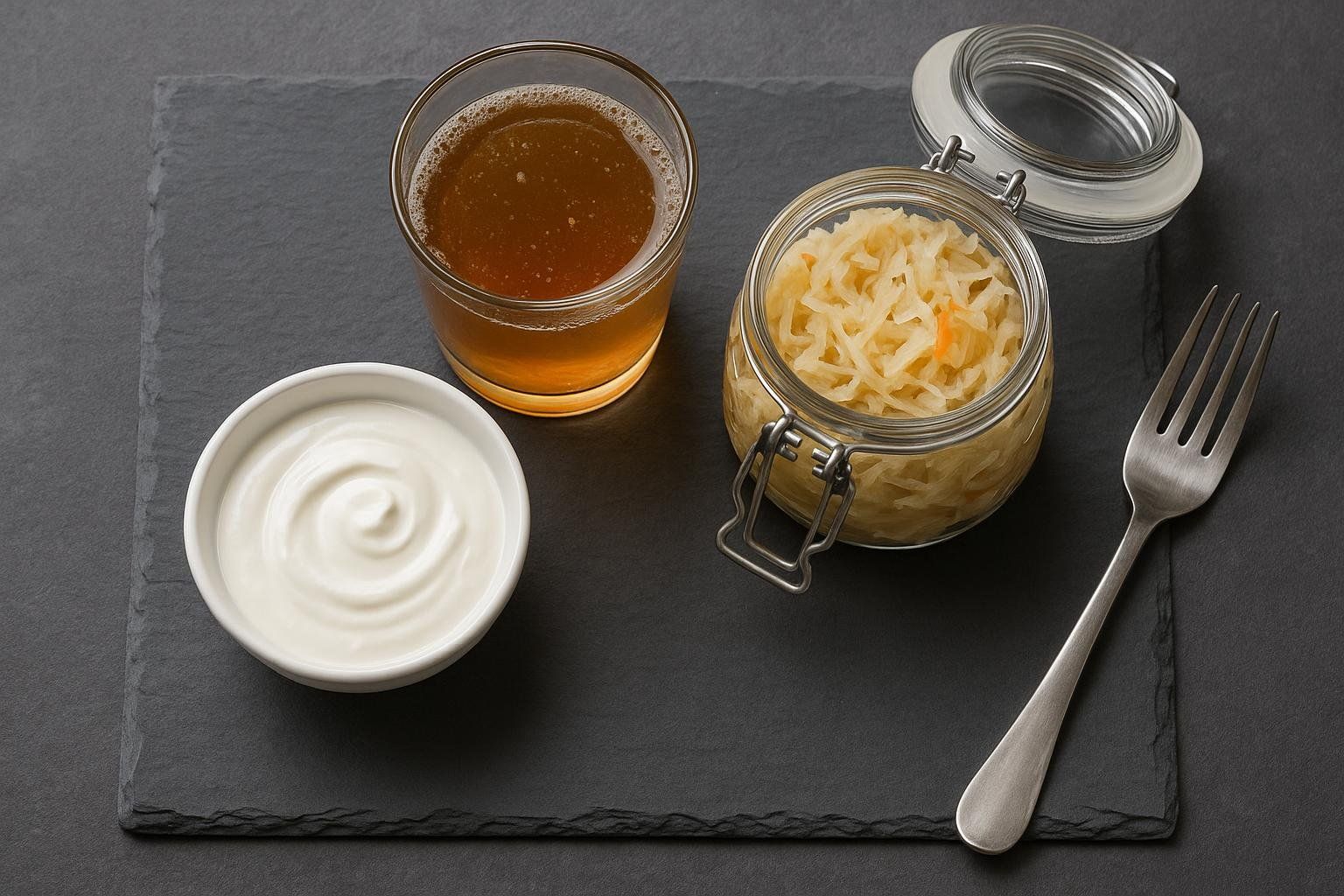
- Fermented foods like yogurt, kefir, miso, kombucha, sauerkraut, and kimchi often contain live cultures. Look for “live and active cultures” on labels. Not all fermented foods contain probiotics, and contents vary by product (Harvard Health).
- Choose colon‑friendly nutrition patterns
- Emphasize plants, whole grains, and lean proteins; limit fried and ultra‑processed foods (MD Anderson Cancer Center).
- When constipation persists, see a clinician

- Constipation can reflect thyroid issues, medication effects, pelvic floor dysfunction, or IBS. Treating the **root cause—not repeated cleanses—**is the safer fix (Cleveland Clinic).
The BodySpec take
If you’re considering any cleanse because of persistent symptoms (constipation, bloating, abdominal pain, blood in stool, or significant unintentional weight loss), check in with a healthcare professional first. Your comfort—and safety—come first.
Bottom line: You don’t need a dramatic cleanse for a healthy colon—and it can set you back. Instead, keep things simple and sustainable: fiber, fluids, movement, and pattern‑based nutrition.
Healthy habits work best when you can see their impact. Because fiber, hydration, and activity affect body composition—not just the scale—objective tracking can keep you motivated. A DEXA scan quantifies changes in fat and lean mass over time. Consider these next steps:

